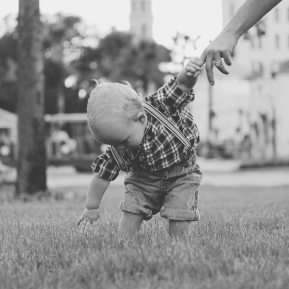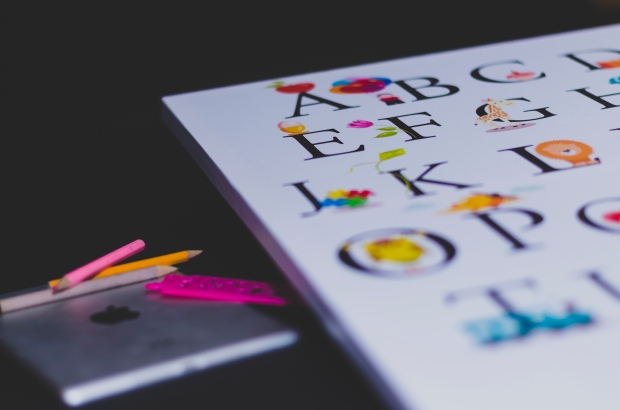 Belief: If I tell the kids something they don’t want to do = I am mean
Belief: If I tell the kids something they don’t want to do = I am mean
Context: Telling the kids they have to clean up after themselves from the items/they took out for themselves, especially when it’s ”crunch time” and we need to be somewhere soon. From them there is resistance, temper tantrums, avoidances, and big ”no!”s I think/believe I am not a nice person (but mean) if I tell them to do something they don’t want to do. Yet these kids needs to be aware of our schedule, that at a certain time of day we have to clean up everything to move onto the next thing in our schedule effectively.
Additional note: Perhaps the kids don’t know or realize the responsibility, reasons/purpose as to why we need to clean up. Even if they do realize/see, and still fight/resist cleaning up they have to do. These kids are placed in an environment by/through the parents and are given no choice about it. That means they also have to follow the rules of this environment, but if the rules are in alignment with what is best for all – then it’s a great training ground for them to practice living with others effectively.
Self-Forgiveness:
I forgive myself that I have accepted and allowed myself to believe that if I tell kids to do something they don’t want to do then I am mean
I forgive myself that I have accepted and allowed myself to believe that when a kid doesn’t want to do something – such as cleaning up after themselves it means I am a mean teacher instead of realizing the child resisting the task has nothing to do with me but the relationship the child has formed toward the task and thus it is part of my responsibility to work with the child in having them release the resistance they have formed with/toward the task
I commit myself to find ways/means/methods to support children through resistances they have towards tasks, such as cleaning up after themselves so that they can find joy in everything they do
I forgive myself that I have NOT accepted and allowed myself to clarify with the children why we need to clean up – why it benefits all of us on an individual and collective level, illustrating through words or pictures the value and benefits of taking responsibility and putting back/cleaning up what you use has on a person in the long-run
I commit myself to educate, share and explain the benefits and importance of taking care of what we use and putting it away/cleaning it up properly
I commit myself to live the word CARE for my environment – caring for the items in my home and environment by taking care of them properly
I forgive myself that I have NOT accepted and allowed myself to find ways to make cleaning up fun for the children – such as putting on music, or making a game, or picking the jobs out of a hat, or having us live a word like ”Slowing Down” with cleaning where our movements are slow…using various ways and methods to be creative in the moment with what we do and not just stay limited in cleaning up/doing a task one way
I commit myself to make chores/errands in my life more enjoyable by listening to music, or finding some other creative method to enjoy what I’m doing more
I commit myself to make clean up time fun/enjoyable for the kids by putting on music, having us live a word, making a game out of it
I commit myself to educate the kids on why we need to clean up at a certain time, and what are the consequences if we don’t clean up at a certain time
Within this I realize just because kids don’t like something I say doesn’t mean I am a mean person or certain person but that there is a negative relationship they have towards the task/what I just said. It’s also important I check in me to see if I have any resistance to doing tasks, and to make sure when there is resistance I sort it out or push through it, because if I allow resistance in me with doing tasks and don’t do them, how can I support children through it?
Additional Support:
Parenting – Perfecting the Human Race
 I got the opportunity to run my own classroom downstairs where I work with 6-7 children for about 3 hours, 5 days a week. It may not seem like a lot of time with them, but for me it is. These moments are filled with spontaneous activity, new ideas, activities, discussions, learning – every day is new and unpredictable, so in a way I have to roll with it yet keep to a structure as best as I can.
I got the opportunity to run my own classroom downstairs where I work with 6-7 children for about 3 hours, 5 days a week. It may not seem like a lot of time with them, but for me it is. These moments are filled with spontaneous activity, new ideas, activities, discussions, learning – every day is new and unpredictable, so in a way I have to roll with it yet keep to a structure as best as I can. I read the story The Gingerbread Man to children. This is a holiday book that is read during the Christmas season.
I read the story The Gingerbread Man to children. This is a holiday book that is read during the Christmas season.  ”When is it 2 o’clock?” (pick-up time)
”When is it 2 o’clock?” (pick-up time) Killy joy: A person who spoils the enjoyment of others
Killy joy: A person who spoils the enjoyment of others It’s been one year for me working as a teacher’s assistant in a bilingual kindergarten. When I first started, I was really thrown into the deep end — I had no prior experience to working all day with children 3-6 years old (the majority of my experience was with older children like 9+), and the assistant I replaced was well-liked by the children, so they were not so open to accepting me.
It’s been one year for me working as a teacher’s assistant in a bilingual kindergarten. When I first started, I was really thrown into the deep end — I had no prior experience to working all day with children 3-6 years old (the majority of my experience was with older children like 9+), and the assistant I replaced was well-liked by the children, so they were not so open to accepting me. I had for a long time reacted to 4 year old V for his behavior and difficulty listening to teachers and children. He is different in that he cannot connect easily with the school materials and/or with other children by socializing.
I had for a long time reacted to 4 year old V for his behavior and difficulty listening to teachers and children. He is different in that he cannot connect easily with the school materials and/or with other children by socializing.  I attended a parent’s evening where the other teachers and I got to give presentations on what we do with the children and answer questions for the parents.
I attended a parent’s evening where the other teachers and I got to give presentations on what we do with the children and answer questions for the parents.